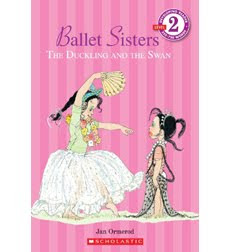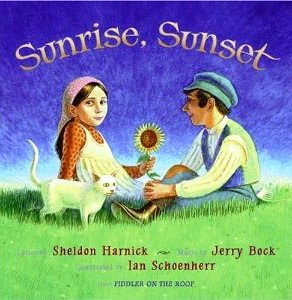Week 8: March 16-22
Newbery Winners of Today
http://bookworm4kids.com/Newbery.html
1. 2011 Moon over Manifest by Clare Vanderpool
2. 2010 When You Reach Me by Rebecca Stead
3. 2009 The Graveyard Book by Neil Gaiman, illus. by Dave McKean
Rationale:
This week and next I explore Newbery winners. I remember vividly trying to read every Newbery nominee every year. I also remember earning a special lunch with my librarian for all of the students who were able to complete this task. The library at my school gives incentives for these books as well as other award winning books. I chose to read the last 3 years winners for the modern books and for week 10 I chose to reread 3 books I remember loving as an elementary student.







































